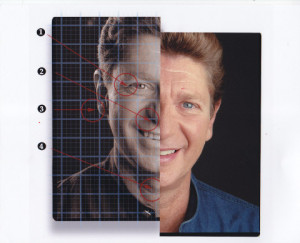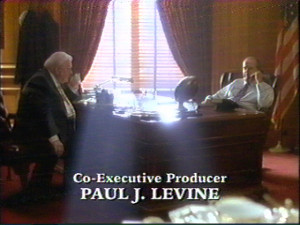By Paul Levine
Crime Fiction authors Lee Goldberg and Joel Goldman remind me of Charlie Chaplin and Douglas Fairbanks. And no, neither Lee nor Joel has a mustache.

Ninety-five years ago, Chaplin and Fairbanks (along with Mary Pickford and D.W. Griffith) opened their own studio: United Artists. They’d been working for the big-name studios and thought they could do a better job making movies. They also wanted the creative control that the commercial studios wouldn’t give them.

Brash Books Bursts Onto the Scene
This month, Goldberg and Goldman, both highly successful writers in the crime fiction genre, opened “Brash Books,” a new publisher of ebooks and paperbacks. They are already offering selections from crime fiction stalwarts Bill Crider, Dick Lochte, Dallas Murphy, Barbara Neely, Bob Forward, Tom Kakonis, Noreen Ayres, and others. Here are some of the paperbacks.
The Brash Books tagline is…well, brash: “We Publish the Best Crime Novels in Existence.” Oh, how the ebook revolution has turned the publishing industry upside down. Twenty years ago…make that ten years ago, this would not have been possible. The cost of production and distribution of “dead tree” books would make wanna-be publishers blink.
Crime Fiction Rookies Welcome
While the initial offerings are from established crime fiction writers, Brash is opening the door (or transom?) to unpublished authors, too. Go here to see how to submit your work. Why do I think they’ll be deluged with manuscripts?
Well, there are lots of unpublished authors out there, some of whom are very good. There is also a contingent of formerly published crime fiction writers who can no longer get a contract with a New York publishing house. But as some doors close, others open.
Crime Fiction Back in Print
In my case, the ebook revolution gave second life to many titles that were long out-of-print in brick-and-mortar bookstores. Those books are now alive and well on Amazon. There’s another benefit for the writer, too. By giving re-birth to the first book in a series — in my case, “To Speak for the Dead” (1990) — electronic publication opened the door to fresh NEW ebooks and paperbacks. Again, in my case, the tenth book of the same series, “State vs. Lassiter” (2014).
As for Brash Books, let’s look back at United Artists a moment. It remained independent for nearly 50 years, producing everything from “The Three Musketeers” with Fairbanks in 1921 to “A Hard Day’s Night” with the Beatles in 1964. I’m hoping Brash Books is around for a half century, too.











